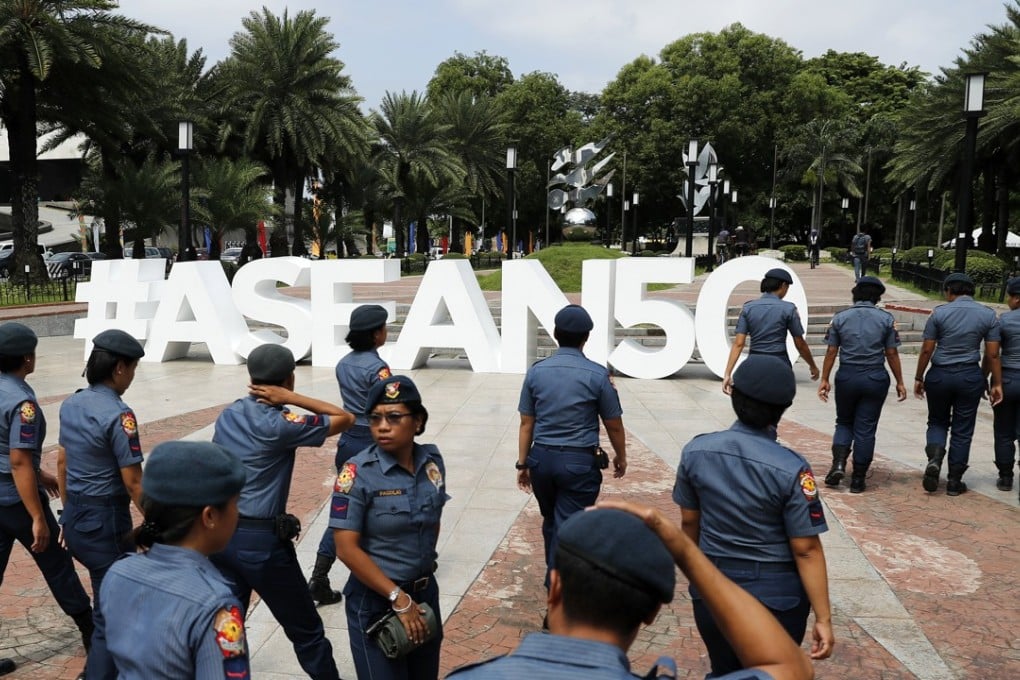Asean at 50 is a model that has aged surprisingly well
Edith Terry says some of the grouping’s traits once seen as weaknesses – its lowest-common-denominator approach, for one – hold up well today amid disappointment with the Bretton Woods institutions

Thanat wrote a few months after the organisation signed its first free trade agreement in January 1992. The original Asean FTA is now morphing into a “regional comprehensive economic partnership”, layered on top of individual Asean trade agreements with China, Korea, Japan, Australia, New Zealand and India. RCEP covers nearly half the world’s population and includes its most dynamic economies. Although it is sometimes described as China-led, the history going back to the early 2000s is of Asean steering a course between major powers to offer a package that brings the most countries together at the least cost in terms of changing their systems. This lowest-common-denominator approach is Asean’s signature.

Unlike the World Bank, IMF or UN, Asean doesn’t have an equity structure that gives richer members more say. Instead, Asean calibrates its dues to the ability of its poorest members to pay, starving the secretariat but reassuring its least wealthy members that their voices will be heard. That is a strong contrast to the jockeying that goes on through membership contributions to the Bretton Woods institutions, which go along with voting power if not titular leadership (which goes to the US and European powers).
Happy birthday Asean, we have downplayed you for far too long
Asean rarely celebrates itself, and critics have long predicted its imminent demise, but there are at least three reasons to consider its model.
